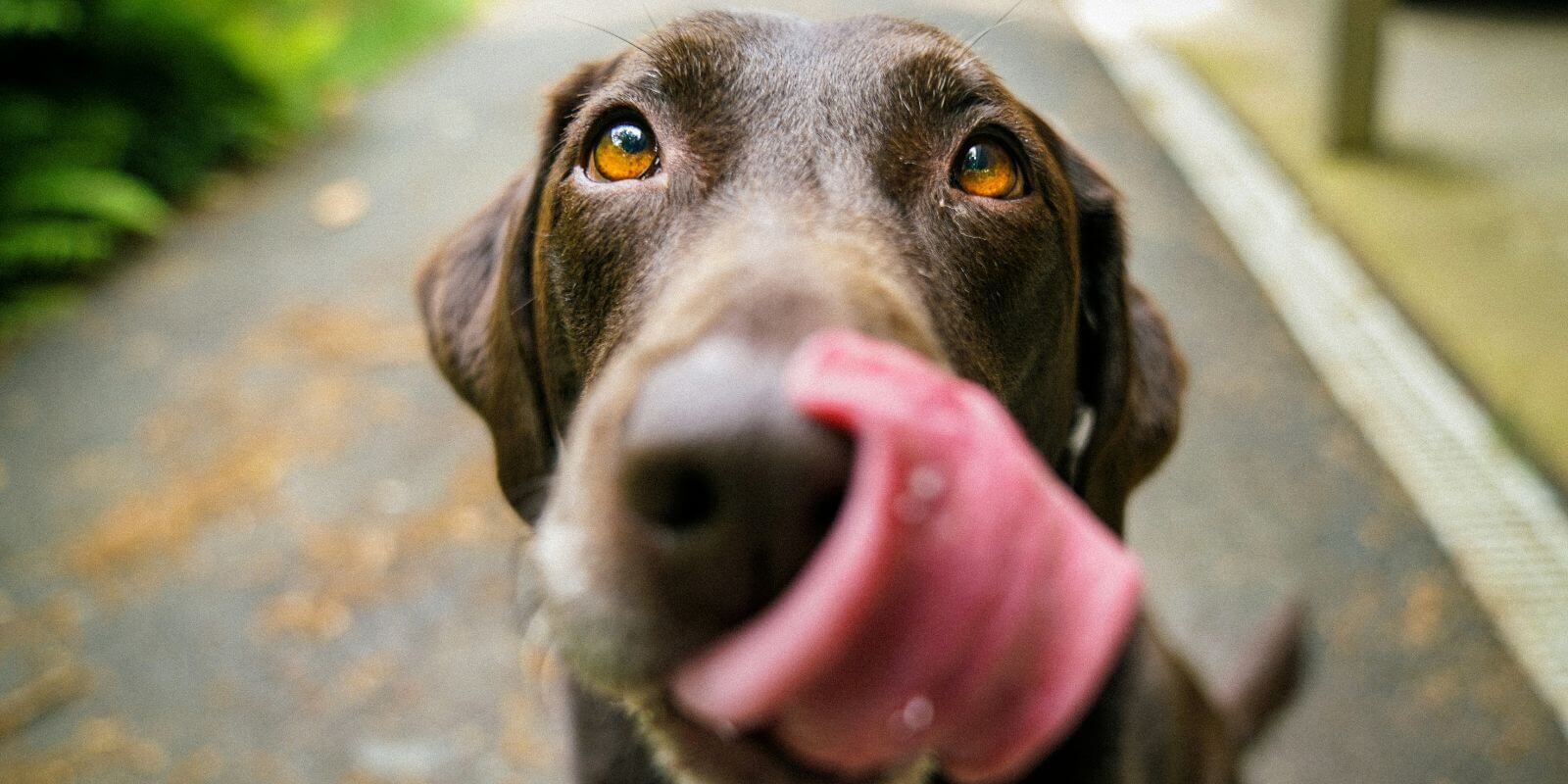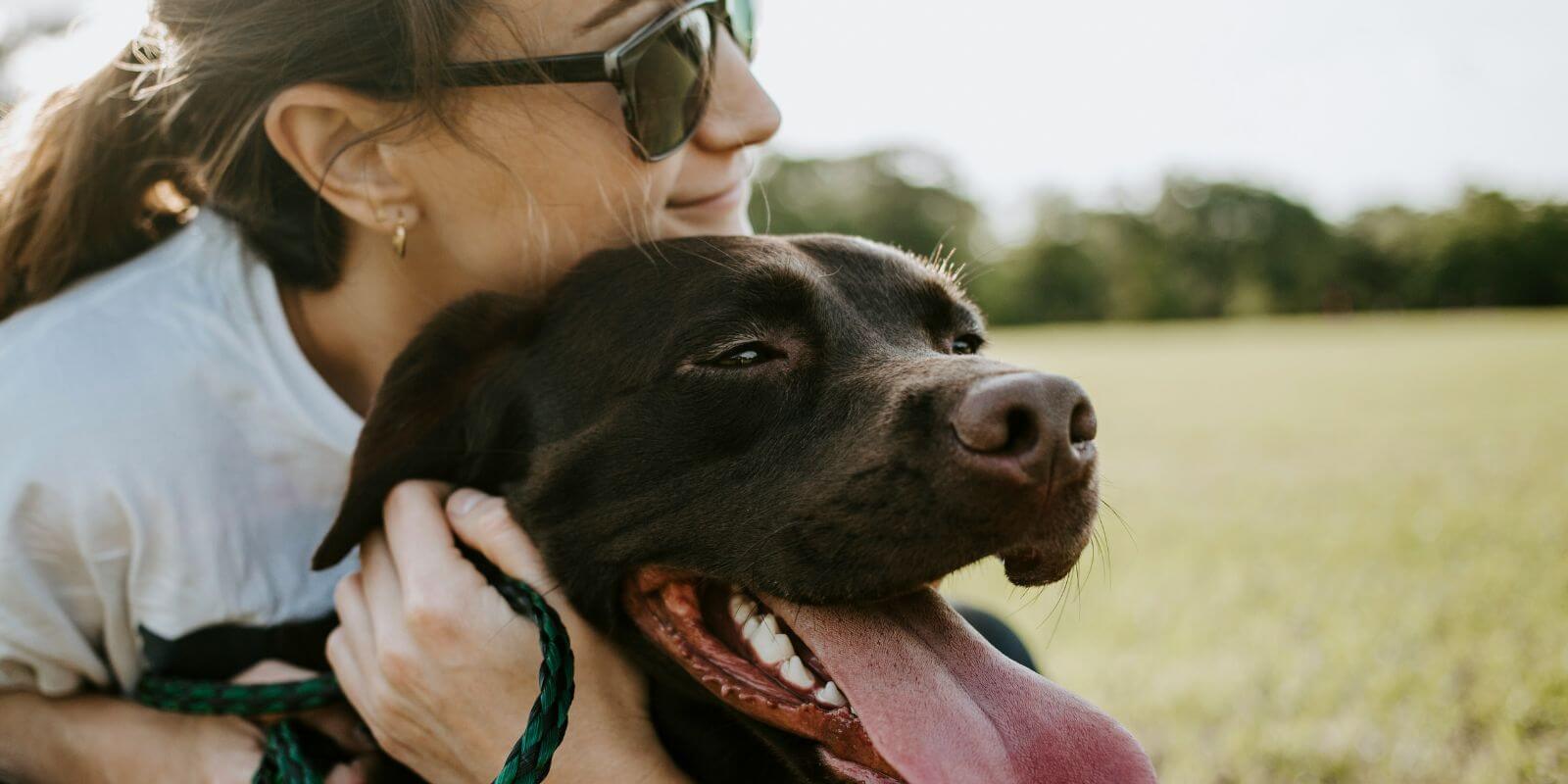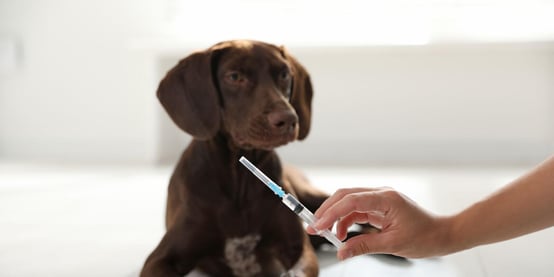For many dog owners, a nervous pup is a regular experience. Some dogs and puppies are just more prone to the shivers, whether that be due to separation anxiety or a nervous disposition.
But there are some instances where the cause of your dog’s shaking is a mystery. Perhaps this is uncommon behaviour for your pup, or they are shaking more than usual.
Rather than ignore this behaviour completely, it’s always best to investigate the cause of your dog’s shivering and then try your best to put them at ease. This is beneficial for your dog’s stress level and for easing your own anxiety as well!
In this post, we’re covering the most common reasons why your dog might be shaking, plus what to do next.
Should I Be Worried if My Dog is Shaking?

In most cases, your dog's shaking is not cause for alarm. The most common causes of shaking are circumstantial and/or environmental, rather than due to a serious medical condition.
With this in mind, you shouldn’t immediately assume that your dog needs emergency medical attention. Instead, take a moment to look into the possible causes and then take the necessary steps to ease your dog’s discomfort. This could be as simple as a good cuddle session or a tasty treat, or as involved as a phone call to a trusted veterinarian.
8 Reasons Why Your Dog Might Be Shaking
There are a few common reasons why your dog might be shaking (often, accompanied by panting). As stated, many of these are due to environmental stressors. However, there are a few causes that may have to do with your pet’s health, so it’s worth it to know of these as well.
1. Excitement
If you have a happy pup, then you’re probably used to your dog wiggling and jumping with joy when you get home from work, the gym, a trip, etc. And while this is super common, sometimes our dogs get themselves a little TOO worked up.
If your dog is shaking uncontrollably after an exciting interaction—you arriving home, your dog meeting a new person, your dog encountering a new treat—this is still very normal. No cause for alarm here!
What to do:
No action is needed, as this is normal behaviour. However, if your dog is being particularly disruptive or destructive, consider giving them a calming activity like a lick mat or treat-dispensing toy.
2. Cold weather
Dogs—particularly small breeds or those with short coats—may shake in cold weather due to their small size and lower body mass. This probably isn’t a huge surprise, given that this happens to humans as well!
As a general rule, most dogs will start to become uncomfortable at around 0°C and below. However, small, thin-coated dogs should not be left outside for long, even at around 5°C temperatures. When in doubt, keep your pup inside or invest in a high-quality dog jacket or sweater.
What to do:
Limit your dog’s exposure to the cold by keeping them indoors. Provide warm clothing like sweaters to prevent frostbite and/or hypothermia.
3. Stress or anxiety
Stress and anxiety are other common causes of shaking and panting in dogs. However, the underlying causes of said stress/anxiety may vary. Loud noises, thunderstorms, moving, encounters with new pets, meeting new people/children, and other stressors can cause your dog to shake.
What to do:
Do your best to prepare your dog for stressful situations and mitigate the stress if possible. For example, if you are moving houses, consider boarding your dog with a trusted pet sitter or family member so your dog isn’t stressed out by the action. For other situations, like thunderstorms, consider playing soothing music, providing some extra cuddles, or getting a ThunderShirt to help alleviate their stress.
4. New experiences
Similar to stress/anxiety, new experiences can cause your dog to shake. These might include discovering a new scent, investigating a new toy, or getting alarmed by another animal. These experiences may not necessarily provoke anxiety but can inspire extra attentiveness and exploration.
What to do:
Shaking while encountering new experiences is often a natural reaction during heightened states, such as hunting or tracking, and may not require intervention. Just be sure to monitor your dog’s behaviour so that their curiosity doesn’t turn into anxiety, stress, fear, or aggression.
5. Fear
Shaking can occur when a dog is frightened, such as when they encounter an aggressive animal, visits the vet, or has a faceoff with the vacuum cleaner.
Very often this is preceded by avoidant behaviour; your dog might try to flee from the situation. When that doesn’t work, they might start shaking and even display aggressive behaviour (growling, showing teeth, etc.).
What to do:
Mitigate fear at the vet by having positive vet visits without procedures. Work with a dog behaviourist to help your dog overcome their fears or triggers (such as small children, loud noises, etc.). Introduce therapeutic toys (lick mats, treat dispensers, popsicles, etc.) to help calm them during stressful situations.
6. Medical conditions
Though less common, shaking could be symptomatic of medical issues.
These might include, but are not limited to: seizure disorders, hypoadrenocorticism (Addison's disease), hypocalcemia (low calcium levels), hypoglycemia (low blood sugar), or distemper (can cause muscle tremors).
What to do:
Observe for other symptoms like vomiting or limping, and consult a vet if shaking is accompanied by such signs. If shaking symptoms continue for more than 24 hours, call a veterinarian for their recommendation.
7. Pain
As with humans, pain can cause shaking and shivers. This can be difficult to diagnose or identify without consulting a professional. Look for other signs of discomfort, such as your pet limping, wincing, or whining.
What to do:
Look for other signs of pain. Consult a vet if the shaking affects the dog’s daily routine or doesn’t go away.
8. Ear infection
Excessive head shaking may indicate an ear infection. These are super common in dogs but are easily treated under a vet’s supervision and recommendations.
What to do:
Check your pet’s ears for signs of infection. If you notice redness, irritation, or anything else that makes you suspect your dog might have an ear infection, consult a vet for the appropriate treatment.
Other Possible Causes of Shivering and Trembling in Dogs

Though the conditions listed above are far and away the most common causes of shaking in dogs, there are a few, less common causes.
Here are a few other possible causes of shaking:
- Seizure-related disorders: Can cause anything from mild tremors to severe convulsions.
- Cerebellar hypoplasia: An incomplete development of the cerebellum, causing head bobbing and tremors, particularly in puppies.
- Shaker syndrome: Often seen in dogs with white fur, this affects the whole body due to inflammation in the central nervous system.
- Shaking puppy syndrome: Affecting mainly male puppies of certain breeds, it's a condition where the protective sheath over nerves is not properly formed, leading to tremors.
- Substance-induced shaking: Exposure to certain substances, such as marijuana or chocolate, or sensitivity to flea and tick medications can cause shaking.
- Medical-induced shaking: Some dogs may also shake when recovering from anesthesia or when placed on certain medications.
For any unexplained signs of shaking or trembling in your dog, it's important to consult with a veterinarian. Only a professional will be able to determine the underlying cause and appropriate treatment plan.
How Do You Soothe a Shaking Dog?

Barring any serious medical condition (which requires advanced treatment), there are a few helpful ways to soothe your shaking dog. These methods are particularly effective when it comes to excitement, anxiety, stress, or fear.
- Provide a quiet, safe space for the dog to retreat to during stressful situations
- Implement a consistent routine to reduce daily anxiety
- Use calming pheromone sprays or diffusers to calm their nervous system
- Play soft, soothing music
- Offer a favourite toy or blanket for comfort
- Practice desensitization and counterconditioning for specific fears
- Use gentle, calming massage or petting
- Engage in regular exercise and play to release pent-up energy
- Consider training sessions to build confidence and address behavioural concerns
- Try anxiety wraps or vests
- Consult a veterinarian about possible use of anti-anxiety medications or supplements
- Speak in a calm, reassuring tone. Practice positive reinforcement rather than punishment
When to See a Vet
Your dog shaking and panting might not always warrant a vet visit. But there are situations where scheduling a vet appointment is the way to go.
You should see the vet about your dog's shaking in the following circumstances:
- If the shaking is persistent or severe
- If it's accompanied by other worrying symptoms, such as vomiting, diarrhea, lethargy, or limping
- If the shaking suddenly develops without an obvious cause
- If the dog has ingested a toxin or harmful substance
- If there's a suspected medical condition like seizures, pain, or discomfort
- If the dog's behaviour changes significantly alongside the shaking
- Whenever there is any doubt or concern about the dog's health or well-being
When it comes to your pet’s health, it’s important to have high-quality medical care available. At Furkin Pet Insurance, we offer pet insurance policies that can help cover up to 80% of eligible expenses for your pet’s unexpected illness or injury. So, if your pet’s shaking warrants an emergency vet visit, pet insurance might help you cover some of this cost.
Don’t let finances be a deterrent to accessing the best medical care for your pet. Check out Furkin Pet Insurance for coverage options, flexibles deductibles, and more.



